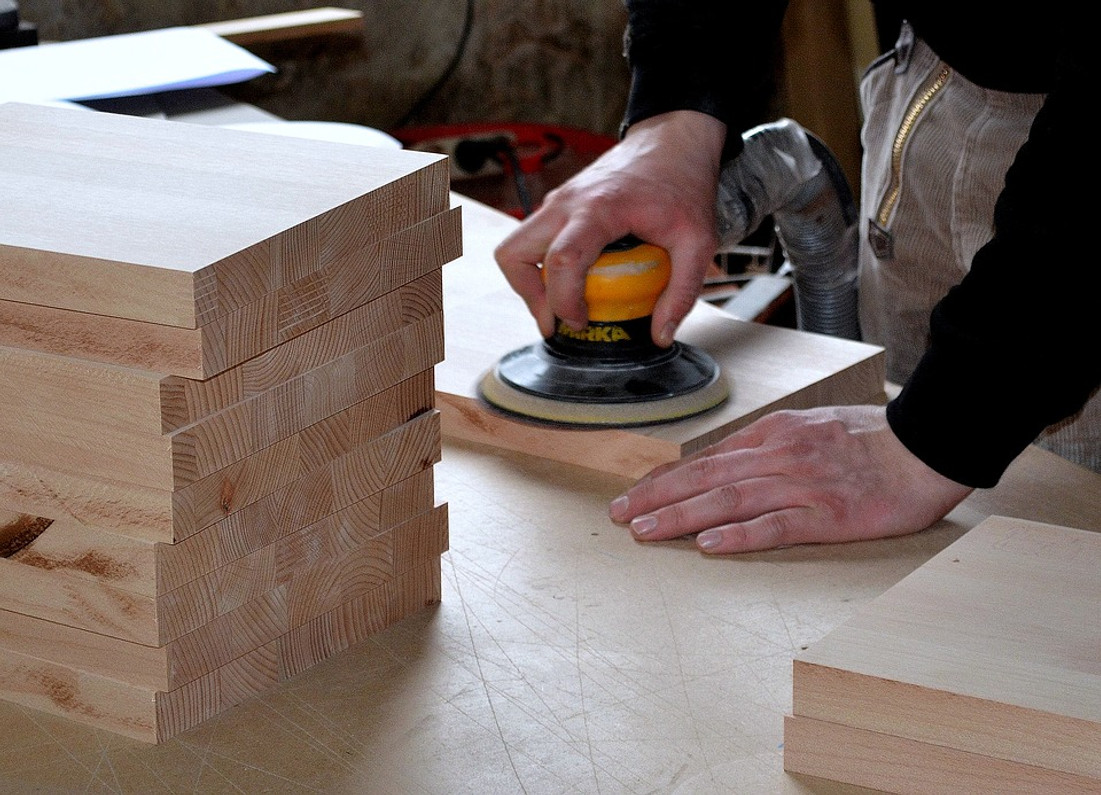The Dangers of Combustible Dust in the Workplace
When you think of common hazards in the workplace, combustible dust probably isn't at the top of your list. Hazards are typically the precursor to work-related injuries. And there aren't many stories of workers being injured by combustible dust. Nonetheless, combustible dust is a concern for many workplaces. If left unchecked, it can pose several dangers that increase the risk of work-related injuries. To learn more about combustible dust and the dangers it poses, keep reading.
What Is Combustible Dust?
Combustible dust is defined as any particulate matter that can ignite, burn rapidly or explode when exposed to a heat source. It can cover surfaces, or it can be airborne. Combustible dust is simply small, fine-sized particles of material with combustible properties. When exposed to a heat source, it will combust.
Combustible dust may consist of the following materials:
- Wood
- Grain
- Cellulose
- Coal
- Resins
- Metal
- Pesticides
- Plastics
- Flour
Potential for Explosion
One of the biggest dangers associated with combustible dust is the potential for explosion. According to the U.S. Occupational Safety and Health Administration (OSHA), combustible dust may explode under certain conditions. It essentially creates a chain reaction when exposed to a heat source. Upon combusting, the particulate matter will ignite while spreading to other nearby particulate matter. The end result is an explosion that places workers at risk for serious injury or even death.
Indoor Air Pollution
Even if it doesn't cause an explosion, combustible dust can lead to indoor air pollution. Indoor air pollution is defined as contaminants that are suspended in the air. Combustible dust is a common source of indoor air pollution. As it accumulates inside of a commercial building or other indoor workplaces, it will lower the quality of the air. The air will become polluted with combustible dust.
Capture, Contain and Clean
To protect against combustible dust in the workplace, OSHA recommends three key practices: capture, contain and clean. Capturing is designed and remove combustible dust before it enters or accumulates inside of a workplace. Containing is designed to collect combustible dust within machines and equipment. Cleaning, of course, is designed to remove combustible dust after it builds up on surfaces.
In Conclusion
The bottom line is that combustible dust is dangerous. When exposed to a heat source, it will combust. Combustion will result in the particulate matter igniting and potentially exploding. Fortunately, you can protect your workplace from the dangers of combustible dust by capturing, containing and cleaning it.
Recent Posts
-
Fire Safety in the Workplace: What You Need to Know
What steps are you taking to prevent fires in your workplace? According to the U.S. Occupational Saf …Aug 23rd 2023 -
Is It Safe to Go Jogging With a Cold Infection?
If you're suffering from a cold infection, you might be wondering whether it's safe to go jogging. T …Aug 22nd 2023 -
5 Safety Tips to Follow When Using a Powder-Actuated Tool
Powder-actuated tools are commonly used to join materials to steel and concrete. Also known as Hilti …Aug 20th 2023




